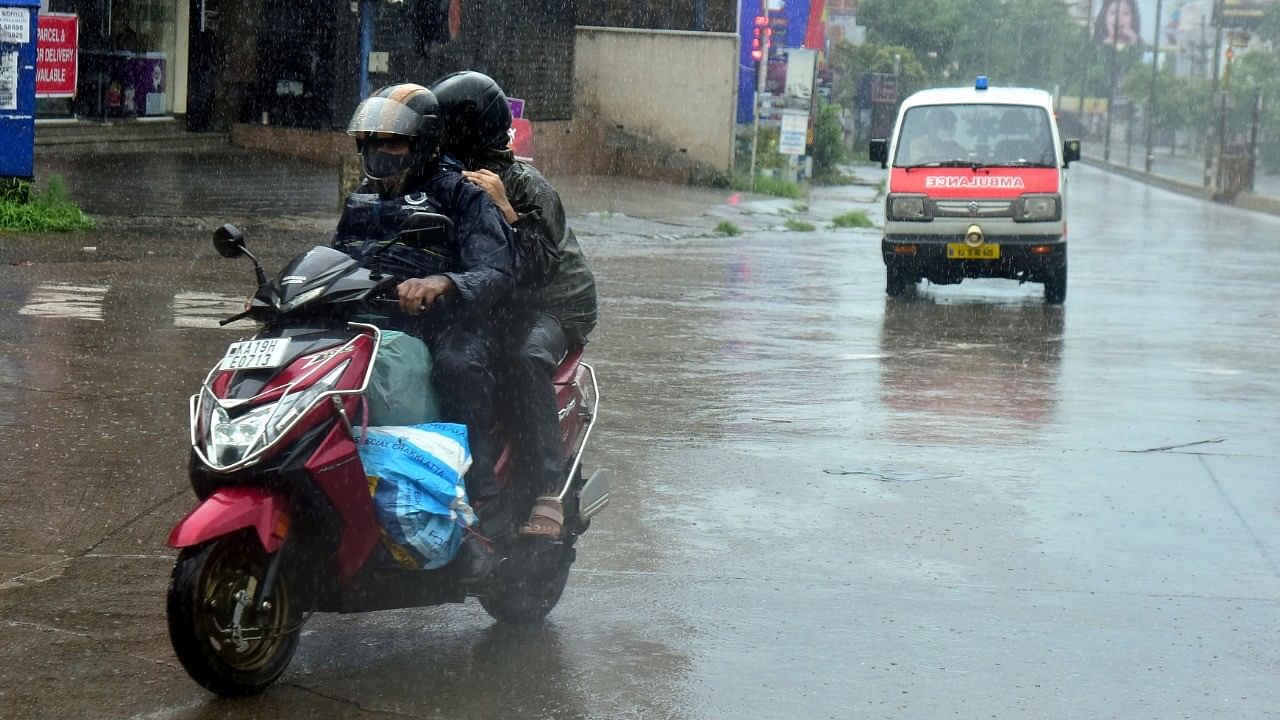
The Met office said maximum temperatures are likely to be normal to below normal over many parts of northwest India,
Credit: DH File Photo
New Delhi: After a parched June, the stage is set for a wet July as India Meteorological Department on Monday announced “above normal” monsoon for the month in which the country is expected to receive 106 per cent of its average rainfall, boosting agriculture.
“During July, normal to above normal rainfall is most likely over most parts of the country except several regions of northeast India,” IMD director general Mrutyunjay Mohapatra said here.
There may be a few pockets in the north west, east and south east peninsula where July rainfall will not be sufficient. But for most of the country, it will be higher than 280.4 mm – the long-term average rainfall for the month.
With agriculture lying at the core of India’s over $3.5 trillion economy, July rainfall is vital as it allows farmers to sow paddy, pulses, oilseeds, soya and sugarcane in most of the states.
While planting of pulses and oilseeds have begun in the western and southern regions, sowing of paddy in northern plains and oilseeds in central India will begin in July as rainfall increases.
The good news comes at the end of yet another dry June when India experienced a 10.9 per cent shortfall for the entire country with maximum deficiency (32.6 per cent) in north west India. The shortage in the other three regions is less.
Mohapatra said June rainfall was the seventh lowest since 2001 as there was only one low pressure system as against the regular trend of having three such systems in June. The Bay of Bengal branch of the monsoon was very weak till June 20.
Also there were only three Western Disturbances – a storm that originates in the Mediterranean and travels across Asia – in June as against 4-5 such storms that generally happen in June and trigger rain in north India.
The absence of Western Disturbances for over 10 days between June 10-19 was the primary reason for heat buildup in north and central India.
June was the hottest in north west India in the last 124 years as the maximum and minimum temperatures were the highest since 1901. The heat was unbearable for the east and northeast too as the minimum temperature was the highest since 1901 because of which the nights were not cooling.
“We are expecting good monsoon rains in July. Cloudy conditions generally result in higher minimum temperatures,” Mohapatra said.
On last week’s record-breaking rain in Delhi, he said it was a cloudburst-like phenomenon, which could not be predicted. The weather bureau now plans to improve the now-cast warnings for Delhi, for which it wants to install three additional radars and more automated weather systems and rain gauges. An urban flood warning model is also being worked out for the national capital.
